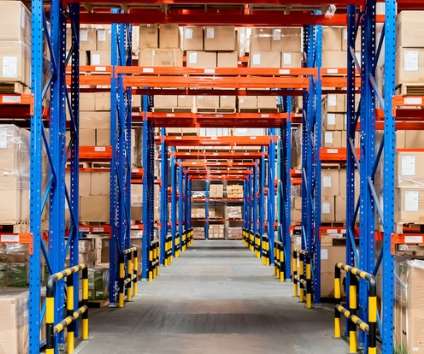Adapting B2B Integration To Support Distributed Commerce
RTP blog
MARCH 24, 2017
Today’s distributed commerce environment — with its improved digital shopping technologies and widespread adoption of multiple commerce channels — demands greater supply chain agility to drop-ship merchandise when and where the customer wants it. Supply chains generate a huge amount of data from all of the connections among business partners.













Let's personalize your content